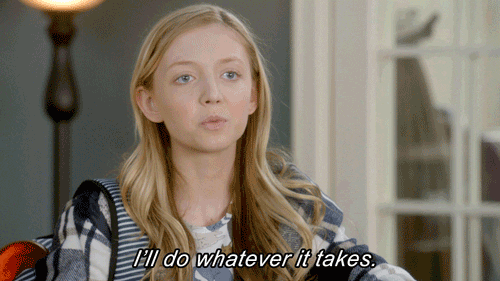This weeks #GOPCThread is a review of a recent webinar hosted by Smart Growth Online and the U.S. EPA which shares revitalization success stories from Chicago and Boston. This first webinar was focused on brownfield redevelopment.
Not on Twitter? The thread is available online, as well as below.
Greater Ohio Policy Center Read on Twitter
This #GOPCThread covers the 1st in a 6-part webinar series from .@smartgrowthorg & @EPA, Learning from (& Leaning on) Local Leaders to Revitalize African American Neighborhoods, which shares stories from Chicago & Boston & will run through 2021
To revitalize neighborhoods, we must understand intersectionality & address environmental inequality. Many of the nation’s brownfield sites are in African-American communities. Series suggested readings: The Color of Law, Rothstein & Know Your Price, .@andreperryedu #GOPCThread
The .@chicago Brownfields Initiative started in 1993, & it was the 1st of its kind in the country. Brownfields (aka environmentally contaminated sites) was a brand new concept, & the city formed an interdepartmental team with a $2M budget to address them. #GOPCThread
The .@chicago Brownfields Initiative was majorly successful early on. It was piloted in 5 sites (4 in AA neighborhoods), & the city (unexpectedly) moved all of them into redevelopment for $1M—coming in 50% under budget & illustrating the Initiative’s possibilities. #GOPCThread
Because of its success, .@chicago applied for a $54M HUD Section 108 Loan Guarantee; $20M went to West Pullman, a middle-class, African American neighborhood with concerned homeowners because of acres of brownfield in the area (the largest on the city’s South Side). #GOPCThread
Early on, the city set up a Citizen Advisory Group w/representatives from churches, block clubs, Chamber of Commerce, & residents, who brought press attention to the brownfield—helping support the city’s case for committing resources to the neighborhood #GOPCThread
The Citizen Advisory Group committed to sharing brownfields information w/their constituents; they were a critical piece of providing a clear feedback response between the city & concerned residents. They had regular meetings that continued over 10 years. #GOPCThread
Today, the West Pullman former brownfield site looks nothing like it did 30 yrs. ago because residents were committed, organized, & tight; .@chicago staff had a proven track record of working in communities of color; & local elected officials provided great support #GOPCThread
The West Pullman former brownfield site had unique accessibility qualities: existing infrastructure for vehicular truck traffic; 3 CTA bus routes & the metro-commuter line; 3 rail lines; and it was 1.5 miles from I-57 interchange #GOPCThread
Because of its existing assets, .@chicago Dept. of Planning & Development proposed an industrial park for the site’s end use. The neighborhood didn’t have as large of a site w/economic development potential elsewhere. To support its vision, the city developed a TIF. #GOPCThread
.@chicago also assessed & acquired tax-delinquent parcels & acquired properties through the Land Bank, donations, & leasing. They also used eminent domain authorities when appropriate, & TIF funds helped strategically demolish vacant buildings & cleanup sites. #GOPCThread
.@chicago acquired 85 parcels & completed $7M in infrastructure improvements (e.g., road enhancements, fiber optics, lighting, & water & sewer changes). The site’s assets were then marketed & financial incentives were offered to draw attention. #GOPCThread
HUD, TIF, EDA grant funds, NMTC, & tax abatements were used for financing & community engagement; the site is now home to various developments (e.g., manufacturers; a $200M recreation & arts center w/8,000 members; $4M library; & an Exelon Solar Panel) #GOPCThread
.@chicago also promoted collaboration among the site’s end-users; the solar panels (1 of the site’s 1st major projects) were created by another business in the industrial area. To date, the site represents a $2.4B investment impact in development, housing, & planning #GOPCThread
Additionally, after brownfield revitalization, West Pullman homeowners saw increased home values. The neighborhood’s median household income rose, crime reduced year over year, & resident workforce participation increased. #GOPCThread
Lessons learned from brownfield investment in West Pullman: Collaboration w/ the community is a must, so is persistent local leadership & the alignment of resources (public & private) to address past issues, current demands, & future opportunities #GOPCThread
For the 1st time in more than a decade, Ohio’s communities will have access to grant dollars to tackle environmental inequality & revitalize neighborhoods; for more info on remediating & redeveloping brownfields in Ohio, visit: www.ohiobrownfields.com #GOPCThread



















